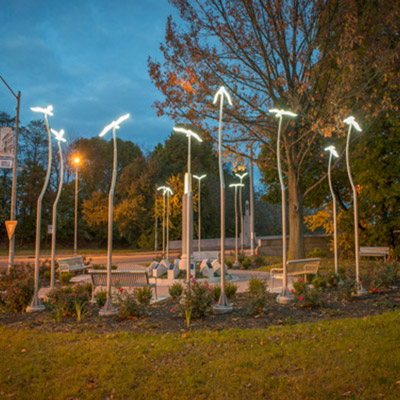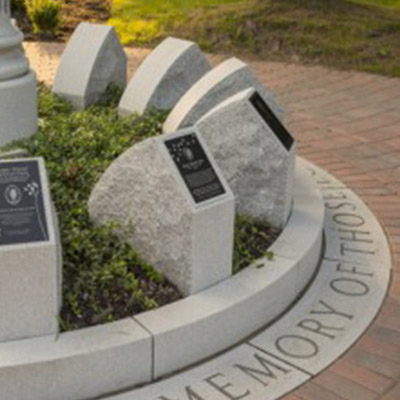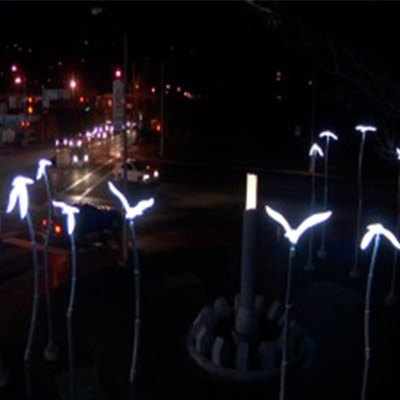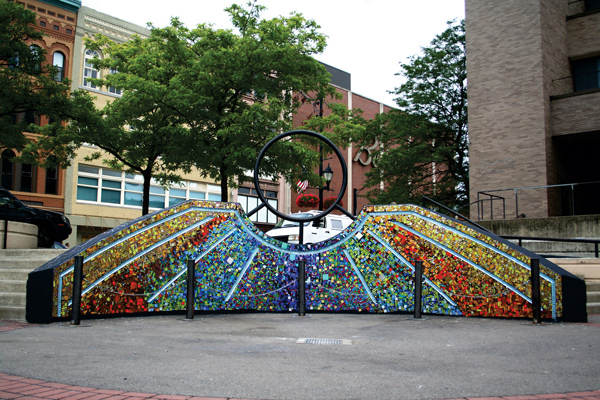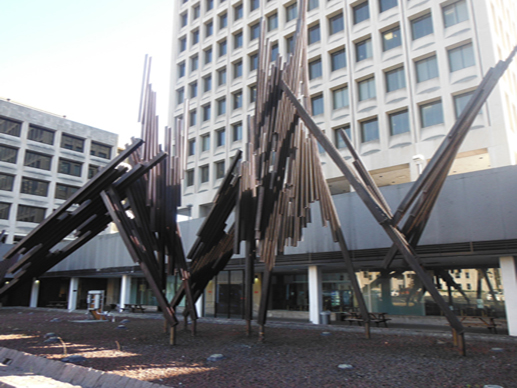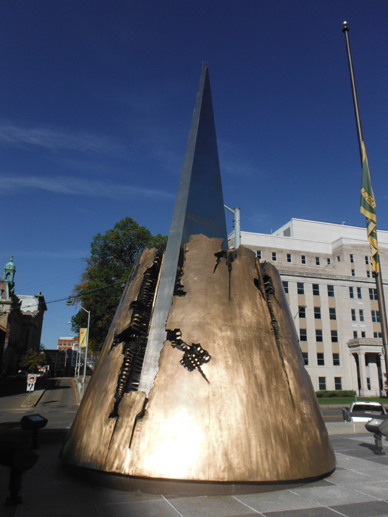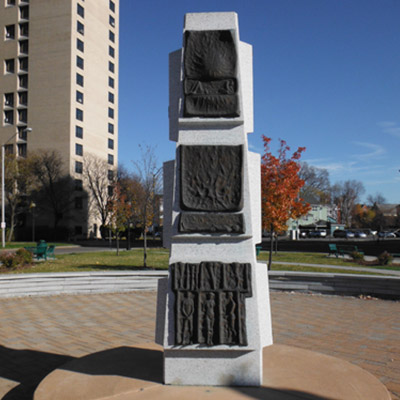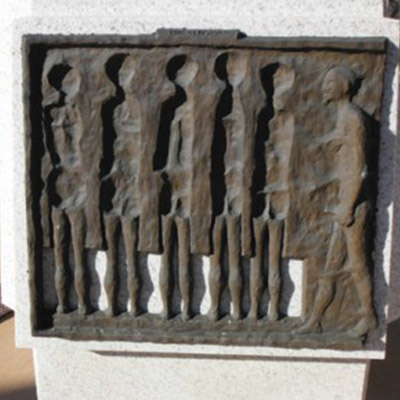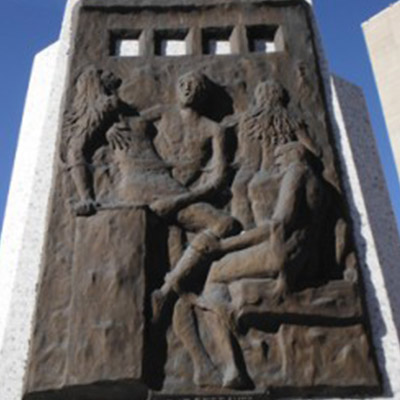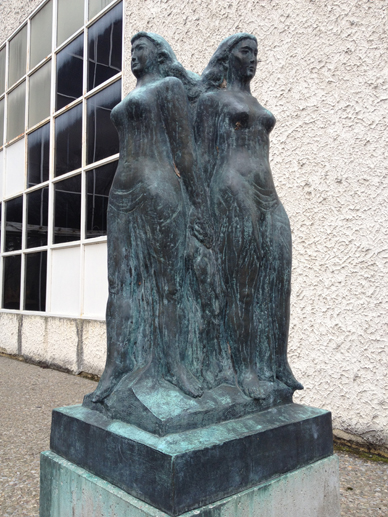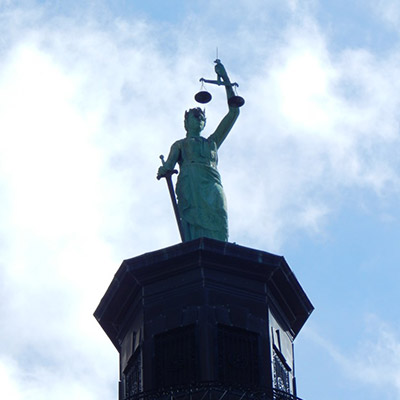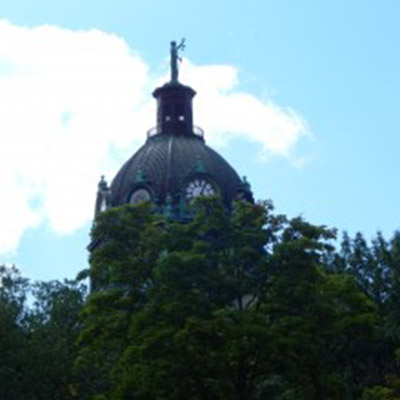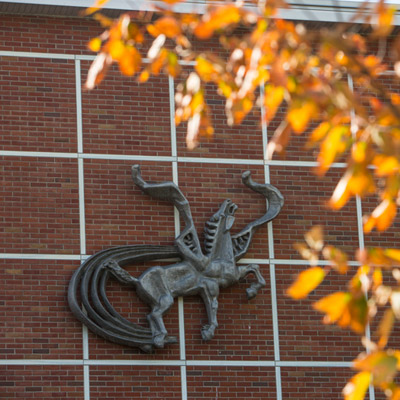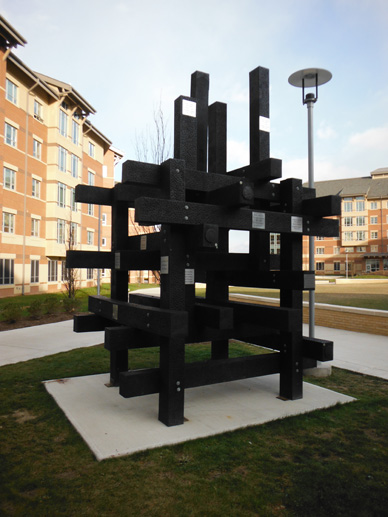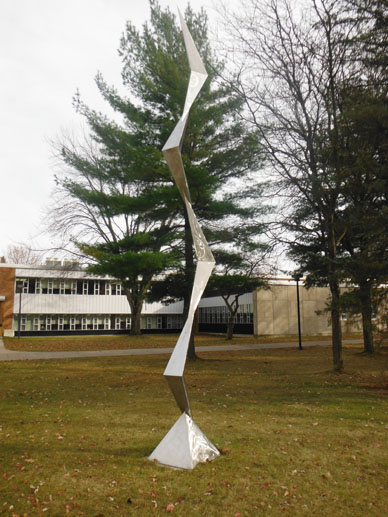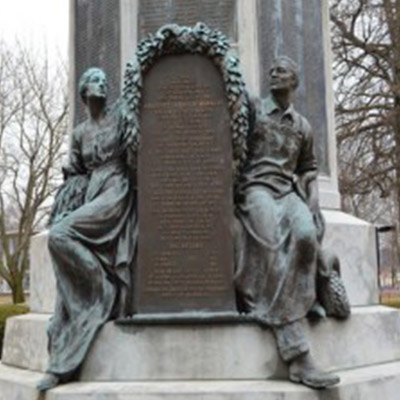Reviewed by Lee Shepherd
The memory is as vivid today as when I was 13. It was my first visit to New York City. I was impressed by the Empire State Building, awed by the Statue of Liberty, excited about the hustle and bustle of Times Square. But topping all that — we scored tickets to see Rudolph Nureyev and Margot Fonteyn dance Prokofiev’s “Romeo and Juliet.” As a budding violinist and beginning ballet student, I was enthralled.
As well I should have been. First by Diaghilev for his ballet company, and later by Sir Kenneth MacMillan of the Royal Opera House for Nureyev and Fonteyn and then by Nureyev himself, it must have been easy for the choreographers to create a ballet to Prokofiev’s music. It’s a bon-bon of a score, one of the most beautiful of the 20th century, and the Binghamton Philharmonic, as part of the opening concert of its 2010-11 season, absolutely aced it.
Conductor Jose-Luis Novo’s judgment in tempi, dynamics, phrasing and characterization gave a special balletic feeling to the music, a buoyancy and rhythmic lilt that made you envision the dancers on stage. The BPO’s Juliet was truly a young, mischievous lady you envisioned skipping around. The balcony sequence was so sensuously and erotically drawn out that you felt the passion of the couple. You could hear the swaggering and panache of the sword fighters that resulted in Tybalt’s death, cleverly depicted by Prokofiev with martial tapping of fiddle bows on the violins. The death scenes were heart-wrenching, evoked so exquisitely by the violins in the very top ranges of their instruments and the cellos so sonorously playing the “love theme” so many times. In short, it was a flawless performance, for which the orchestra should be applauded.
And they were, with a standing ovation for the orchestra and three curtain calls for Novo.
The first half of the program Saturday (Sept. 25) at Binghamton University’s Anderson Center was mere frosting on the cake – sweet, delicious, satisfying. The Haydn Symphony No. 88 in G Major delighted the audience with its crisp, clean and humorous flavor. Each section of the orchestra had its moment to shine, even the trumpets and timpani, who sat patiently through two movements before sounding a note.
Poulenc’s “Les Biches Suite” was another ballet score that evoked visions of dancers who weren’t on the payroll Saturday night. Choreographed by Diaghilev in 1924 in Paris, and again for the New York City Ballet in 1960, it ranged from bucolic and dreamy to jazzy to quirky – with some shocking dissonances. The Philharmonic musicians performed the very difficult score without a noticeable glitch and with great flair.
One small nit to pick: There were no comments from the podium by the ever-charming Maestro Novo. I missed his warm personal welcome and introduction to the music to come. So, I’ll quote him from the program: “Together, through this season’s repertoire, we will be exposed to every emotion in the human spectrum.” The primary emotion induced by Saturday’s concert was joy.




